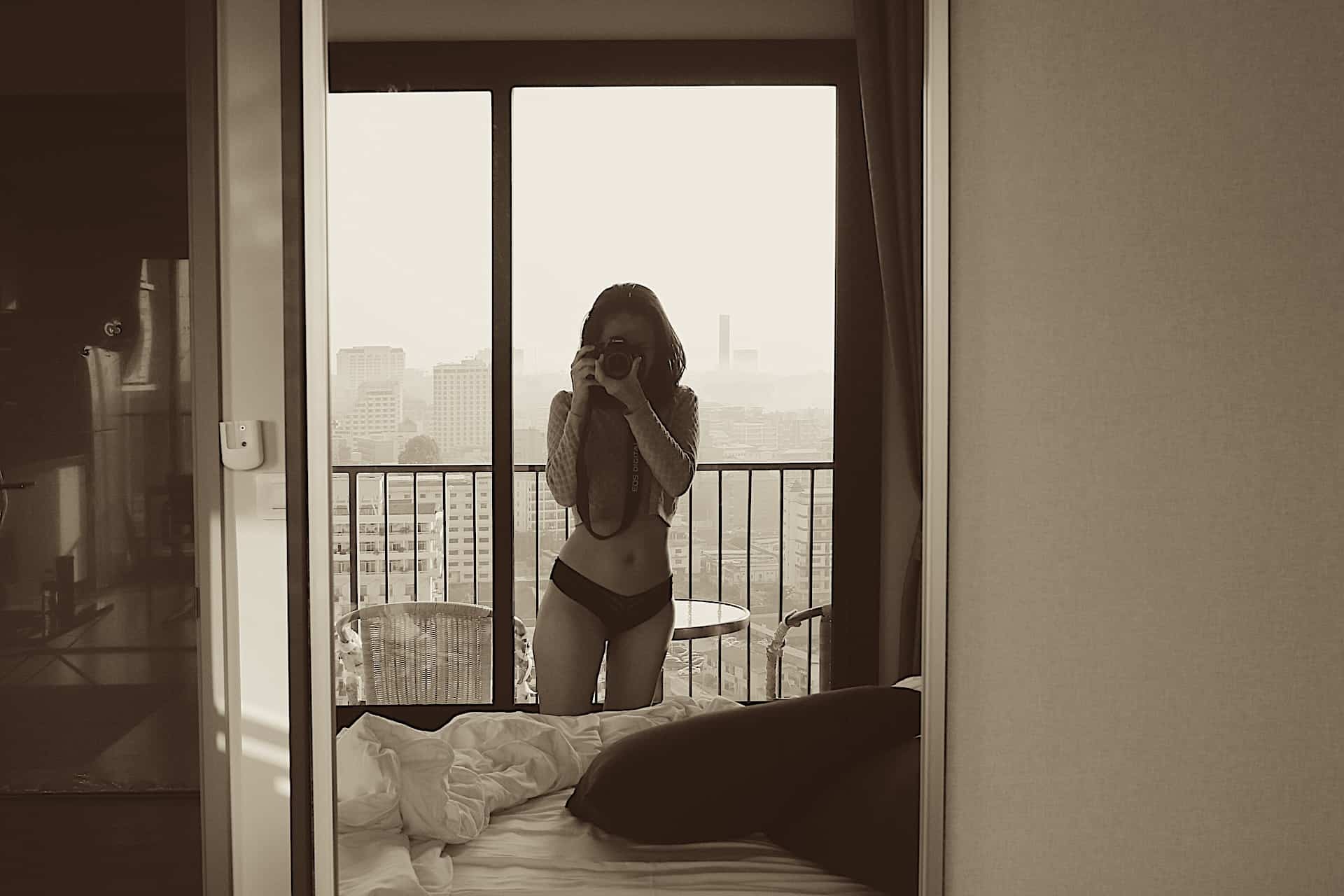Sex in the Philippines:
Sex in the Philippines, like many aspects of its culture, is a tapestry of indigenous traditions, colonial legacies, and modern influences. The ongoing journey of the Philippines towards understanding and accepting diverse sexual identities and practices reflects the broader human endeavor to balance tradition with transformation.
Sexuality and sexual practices have been interwoven in the fabric of human societies throughout history. In the Philippines, an archipelago with rich cultural diversity and a complex history, the perspective on sex has been shaped by indigenous traditions, colonial influences, and modern transformations. This article delves into the multifaceted realm of sex in the Philippines, tracing its historical roots, examining contemporary attitudes, and exploring cultural nuances.

1. Historical Perspective on Sex in the Philippines
a. Pre-colonial Era: Before the arrival of the Spaniards in the 16th century, Philippine societies had their indigenous beliefs and practices concerning sexuality. Ancient Filipinos celebrated the idea of fertility and had deities dedicated to sexual prowess and childbearing. Rituals, dances, and symbols were used to invoke the blessings of these deities.
In many early Philippine societies, sex before marriage was not stigmatized, and there was a relatively open attitude towards sexuality. Various ethnographic records suggest that some ethnic groups practiced courtship rituals that allowed premarital intimacy. Gender roles, though distinct, were flexible, and there were even recognized roles for ‘asog’ or ‘bayoguin’—individuals who assumed cross-gender roles and functions in the community.
b. Spanish Colonization: With the advent of Spanish colonization, the Philippines underwent a significant cultural transformation. The Catholic Church played a pivotal role in reshaping Filipino attitudes towards sexuality. Premarital sex, adultery, and other practices that were previously tolerated became taboo. The concept of “Maria Clara”—the pure, modest, and reserved Filipina—became an idealized feminine archetype.
The Spanish period also saw the suppression of the indigenous gender roles and identities that did not conform to the binary norms. The ‘asog’ or ‘bayoguin’ was marginalized, and their roles were diminished or vilified. With the church’s influence, marriage became a central institution, and family structures were redefined around Christian values.
2. Modern Perspectives on Sex in the Philippines
a. American and Post-war Era: The American occupation brought a more liberal approach to the Philippines, introducing modern education and Western values. While the church’s influence remained strong, Filipinos began to get exposed to Hollywood films, magazines, and other media that portrayed a more liberated perspective on sexuality.
The post-war era, particularly the latter half of the 20th century, saw rapid urbanization and globalization. This led to a gradual shift in attitudes, with more Filipinos adopting a liberal stance on matters like premarital sex, contraception, and LGBT rights. However, the deeply ingrained Catholic values ensured that these changes occurred at a slow and often contentious pace.
b. Contemporary Age: The digital age and the globalized world have further accelerated the transformation of Filipino perspectives on sex. Younger generations are more open to discussions about sex education, gender equality, and LGBT rights. However, issues like abortion remain highly divisive, and the country still grapples with high rates of teenage pregnancies.
In recent years, the Philippines has seen a surge in feminist and LGBTQ movements advocating for more inclusive sexual education, decriminalization of abortion, and anti-discrimination laws. These movements, while facing challenges, signal a promising shift towards a more open and accepting society.
3. Cultural Nuances and Sex in the Philippines
a. The Role of Family and Religion: The Filipino family structure and the church remain formidable influences on individual attitudes towards sex. Family is central to Filipino life, and parents or elders often play a decisive role in matters of relationships and marriage. While younger generations may have progressive views, they often find themselves navigating the interplay between personal beliefs and family expectations.
Religion, primarily Catholicism, deeply permeates Filipino culture. Rituals, feasts, and church teachings influence everyday life. Despite modern transformations, many Filipinos still turn to the church for guidance on sexual matters, leading to an intricate balance between tradition and modernity.
b. LGBTQ and Philippine Society: The Philippines has a paradoxical relationship with the LGBTQ community. On the one hand, there’s visible acceptance, with transgender beauty pageants and openly gay entertainers being widely celebrated. On the other hand, there’s a lack of substantial legal protections for LGBTQ individuals.
While Philippine society may seem accepting on the surface, many LGBTQ Filipinos still face discrimination and prejudice, both subtly and overtly. The push for the Sexual Orientation, Gender Identity, and Expression (SOGIE) Equality Bill is a testament to the ongoing struggle for rights and acceptance in the archipelago.







Add comment